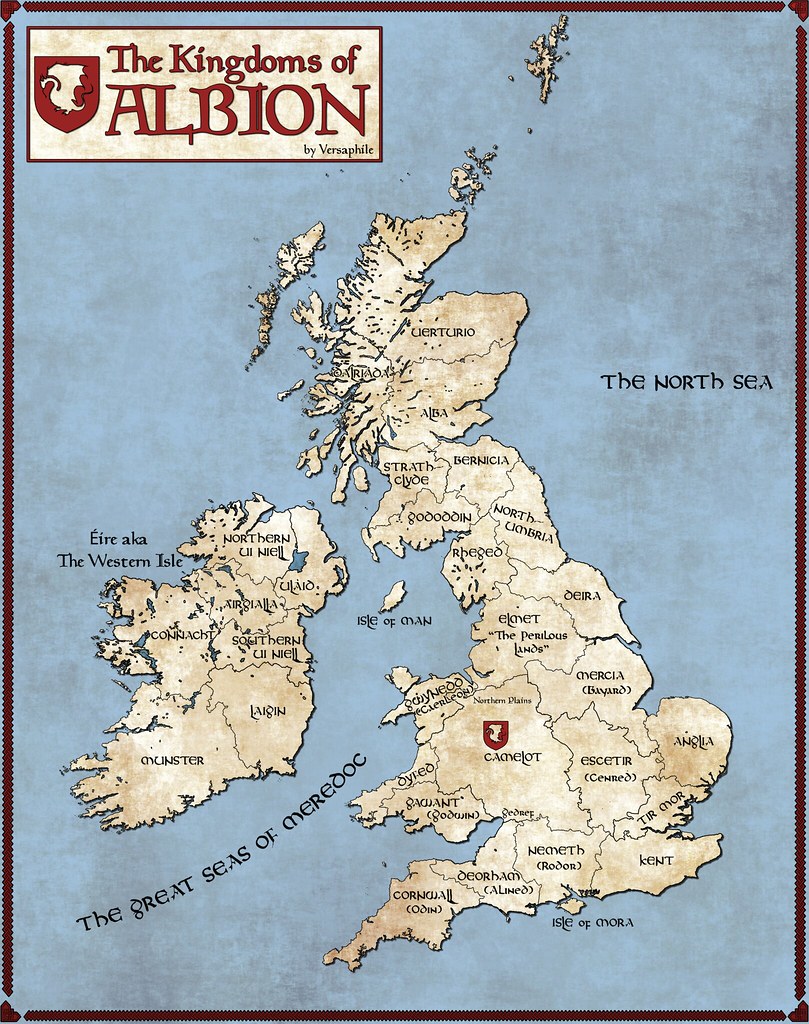Simply look for the witch to know which is which!
boydster
Nice "What Would Nixon Do" sticker he's got on his laptop, there...
Just had a chance to open the book back up, and from the note on the text by Christopher Tolkien, corrigan is a Breton word for fairy. From the introduction by Verlyn Flieger, she expands a bit more to say:
In the Lay she represents a particular subset of this type [of Celtic seductive otherworldly female figures] called a corrigan, malevolent, sometimes seductive, whose dangerous attraction embodies both the lure and terror, the 'fear of the beautiful fay'...
That's a great question, and one I should have probably anticipated, so apologies! In the book, the editor (Verlyn Flieger) gives the context there. I don't have the book in front of me right now, so I'll have to paraphrase, but if I'm appealing to brevity of words: it's a witch.
More specifically, it's a fey creature that usually lives in a magical part of the woods and lures men to her. Her intent varies, it's usually one of either a) trying to get the man to leave a recently-wedded wife in order to marry the corrigan, or b) trying to get a recently-married man to promise a future child or children. She can shape-change from an ugly form into a more beautiful one to help trick her victim.
I mean, the article refers to them having "retrieved 'non-human' biological matter from the pilots of the crafts." It seems somehow even more farfetched to assume it was animals flying a UAP than aliens or some future descendant of humanity, at least to me. There's a Gary Larson comic for this though, I'm sure.
The Dark Tower series for me. I enjoyed Stephen King as a teenager, but had never read any of the Dark Tower books until a few year ago when a friend gave me a copy of The Gunslinger. And I really enjoyed it! It's a quick read, I thought it was compelling enough to start working through the rest of the series. I made it through book 2, a little slower of a pace but I made it, book 3 was the same I feel like, maybe it dragged a little more even. By the first few chapters of book 4 , I just wasn't having fun with it any more and put it down.
Presently working through 2 books:
- The Silmarillion
- Le Morte D'Arthur volume II
The Silm is a reread, and I'm in the Flight of the Noldor section early on so stuff is about to get real in Alqualonde. Arthur, though, is a first for me, and it's been a fun ride so far. It's really easy to imagine it as a Monty Python sketch in a lot of parts, just with how over-the-top it leans into the pomp and chivalry of being a Knight of the Round Table.


Let him wait as long as he wants to wait. In detention though.